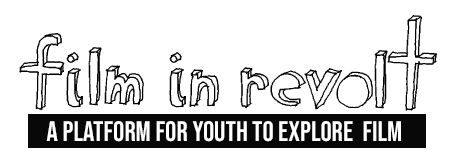The 21st century has been largely defined by the digital image. Analogue photography has retreated from the mainstream and has found its following among the world’s film enthusiasts. Kodachrome is the superior Kodak colour film stock which grew in popularity following its formulation in 1935. In its process, the film underwent a series of dyes and washes, and with the touch of alchemy the tableaux of colour plates evolved, and were illuminated by the blinding light of a projector lamp.
I have always been enchanted by the magic of film, the mystery and the process involved. The beauty of working with a substantial piece of machinery and producing tangible samples of your world acts a tonic for the soul. From the click of the shutter, to the final product of 24 prints and 4 developed contact sheets, that await their analysis in a crisp preservative sleeve, the process is a spiritual practice of nostalgia.
Kodachrome, directed by Mark Raso and written by Jonathan Troper, premiered at the 2017 Toronto International Film Festival. Based on a 2010 New York Times article, “For Kodachrome Fans, Road Ends at Photo Lab in Kansas” by A.G. Sulzberger, the film focuses on the forgotten value of analogue photography. The film follows an unlikely (yet expected) road trip, of Ben Ryder (Ed Harris), a renowned photographer, who has just a few months to live, his nurse Zooey (Elizabeth Olsen) and his estranged and resentful son Matt Ryder (Jason Sudeikis). The group travel to Dwayne’s Photo, in Parsons, Kansas which received international and media attention, when it became the world’s last processor of Kodachrome film. Ben has four last canisters of Kodachrome left to develop, and plans to exhibit these as his final works. On their trip, the trio grow closer and the reluctant duo (Ben and Matt), begin to resolve past grievances. The attempted redemption of their father-son relationship is lined with drama and bitter memories. Sudeikis’ performance becomes quite irritating as his character remains stagnant in its blunt and ornery state, and, as the relationship between Matt and Ben evolves, Matt fails to express any worthy signs of emotional development. On the other hand, Harris’ performance is reinforced by witty remarks and seemingly wise and nostalgic speeches, idealising an analogue generation.
Kodachrome proudly advertises that the film was shot on 35mm Kodak film, an attempt to prove its value. However, in contradiction to the films’ principles, which it arrogantly presents, it is being distributed Netflix in several territories, the very platform responsible for the growing eradication of tangible media. The exclusivity of Kodachrome, is not representative of its quality. Unfortunately, what I expected to be a fantastically inspiring and nostalgic film was diminished by its cliché script and its two-dimensional and tiresome characters. References to a bygone age, of film cameras, vinyl and analogue technology was a world in which I was happy to be immersed in, however by the end, I couldn’t wait to get back to reality. Kodachrome is a mockery of nostalgia.
Written by Amy (16) edited by Jessica Ellicott (as part of the Film in Revolt writing mentorship program).
Image by Mischa (16).
Kodachrome screened at the American Essentials Film Festival
